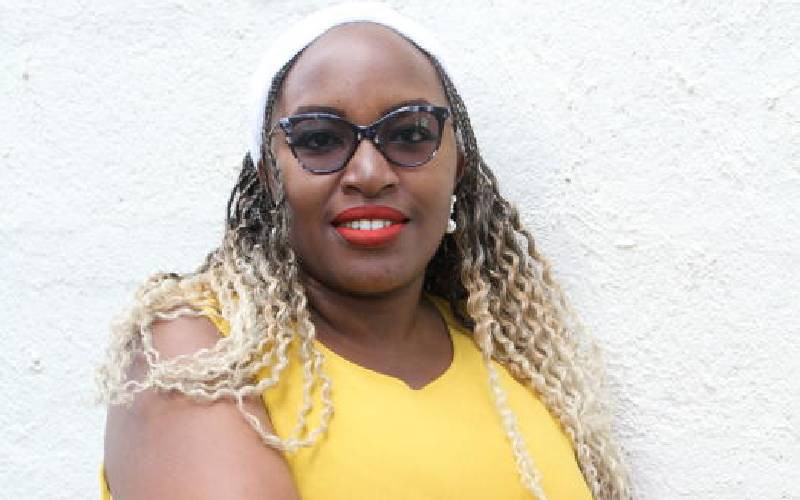
Before undertaking the transplant, a suitable matching donor is identified, and the patient undergoes preparatory treatments like chemotherapy or radiotherapy to prepare their body for the new cells.
The actual transplant involves injecting the donor's cells into the patient's bloodstream through a catheter. Subsequent recovery involves close monitoring and regular medical checkups for an extended period.
For diseases like sickle cell, the Sickler will get cells from another donor as their cells are already abnormal. A close relative is preferred as a donor to avoid graft versus host disease.
"We must have a conversation about who can qualify to have a transplant and who cannot and design the national protocols that will guide us to make decisions as a country," says Dr Shikuku.
In Kenya, Nairobi West Hospital is currently conducting bone marrow transplants. For Autologous transplantation, where you are your own donor, the cost of the procedure is about Sh 3.3 million, while where one needs another donor is about Sh 4.4 million. These costs are only for transplantation and there are extra costs that one will incur, like for immunosuppressants after surgery and the pre-surgery medication.
Dr Shikuku says many Kenyans need bone marrow transplants but the cost is prohibitive. He has called on the National health insurance fund (NHIF) to come on board to subsidise the treatment for Kenyans.
A successful transplant may mean different things to a patient; One, the blood counts will be back to safe levels while the cancer will be controlled. A cure may be possible for certain cancers, such as some types of leukaemia and lymphoma. For other diseases, remission of the cancer is the best possible result. Remission is having no signs or symptoms of cancer.
Understandably, transplants for patients with non-malignant diseases have a much better success rate with 70 per cent to 90 per cent survival with a matched sibling donor and 36 per cent to 65 per cent with unrelated donors.
The survival rates after transplant for patients with acute leukaemia in remission are 55 per cent to 68 per cent with related donors and 26 per cent to 50 per cent if the donor is unrelated.
Though bone marrow transplant isn't a 100 per cent cure, cancer patients who have undergone it at least have their lives prolonged.





